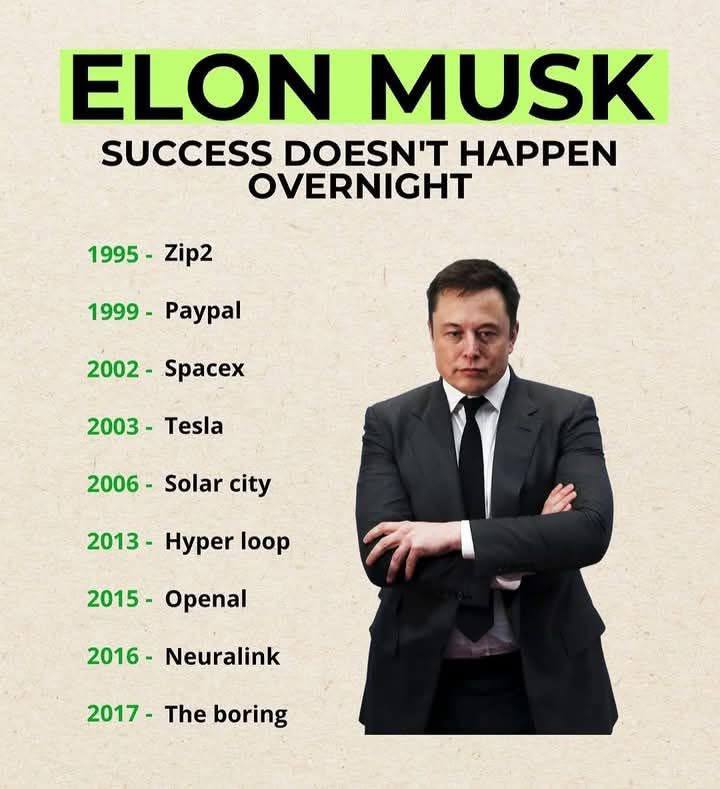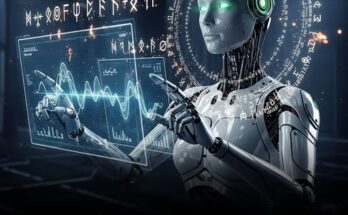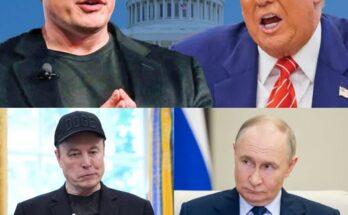
Elon Musk: The Man Who Dreamed Beyond the Stars
Elon Musk isn’t just a name; he’s a symbol of relentless ambition and audacious dreams. From a curious boy in South Africa to one of the most influential visionaries of our time, Musk’s journey is a testament to the power of perseverance and innovation. But what makes him tick? What drives him to keep pushing boundaries when most would have stopped? Let’s dive into the story of the man behind the legend and the companies that define his legacy.
1995 – Zip2: The Humble Beginning
Before SpaceX, before Tesla, there was Zip2. Imagine a young Elon, fresh out of college, sleeping in his office and coding day and night. Zip2 was his first shot at changing the world—a digital city guide for newspapers. It wasn’t glamorous, but it was the spark that ignited his entrepreneurial fire. When he sold it for $307 million, the world got its first glimpse of Musk’s potential.
The Vision Behind Zip2
In 1995, the internet was still in its infancy. Most businesses had yet to embrace its potential, and traditional print media dominated how people accessed information. Musk, along with his brother Kimbal Musk and business partner Greg Kouri, saw an opportunity to bridge the gap between print and digital by creating a platform that would help newspapers bring their city guides online.
Zip2 aimed to function as an early version of Google Maps combined with Yelp, offering business directories, maps, and directions. This was groundbreaking at the time, as such digital tools were nearly non-existent. The idea was to license this service to newspapers, enabling them to provide online directories for their readers.
The Struggles of a Startup
Starting Zip2 was no easy feat. Musk and his team had very little capital, and to make ends meet, he often slept in the office and showered at a local YMCA. There was no luxury, no high-profile investors backing them initially—just sheer determination and belief in their product.
In the mid-90s, selling the idea of an online directory to newspapers was challenging. Many traditional media executives were skeptical of the internet, seeing it as a passing trend rather than a transformative tool. The Zip2 team had to work tirelessly to convince potential clients of the value their service could offer.
Gaining Traction
Despite the initial hurdles, Zip2 started gaining traction. The company secured deals with major newspapers such as The New York Times and The Chicago Tribune. As more publications embraced the digital transition, Zip2 positioned itself as a key player in helping newspapers navigate the online landscape.
This success didn’t come overnight. Musk worked relentlessly, not just on the technical aspects of Zip2 but also on the business side, pitching to investors and negotiating partnerships. Eventually, the company attracted venture capital funding, which allowed them to expand their services and refine their technology.
The Big Payoff
After four years of relentless work, Zip2 reached a turning point. In 1999, Compaq, a leading computer manufacturer at the time, acquired Zip2 for $307 million in cash. As a co-founder and significant shareholder, Musk received $22 million from the sale.
This was Musk’s first major financial windfall, and it set the stage for his future ventures. Instead of settling into a comfortable life, he reinvested his earnings into new projects, leading to the creation of X.com (which later became PayPal), SpaceX, Tesla, and beyond.
Zip2’s Legacy
While Zip2 itself is no longer in operation, its legacy lives on in Musk’s journey. It was the stepping stone that propelled him into the tech world, teaching him valuable lessons about entrepreneurship, persistence, and innovation. Many of the principles he applied to Zip2—working tirelessly, thinking big, and challenging the status quo—became hallmarks of his later ventures.
Zip2 may not have been as revolutionary as SpaceX or Tesla, but it was Musk’s first big bet on the future. It demonstrated his ability to foresee trends, adapt to challenges, and, most importantly, persevere through hardship to build something groundbreaking. This humble beginning marked the dawn of a career that would later redefine multiple industries, making Elon Musk one of the most influential figures of the 21st century.
1999 – PayPal: Revolutionizing Money
Next came PayPal, a company that transformed how we think about money. Musk didn’t just want to make payments easier; he wanted to make them universal. PayPal’s success wasn’t just a win for Musk—it was a win for the world. And when eBay bought it for $1.5 billion, Musk didn’t rest. He looked to the stars.
2002 – SpaceX: Reaching for the Cosmos
SpaceX wasn’t just a company; it was a mission. Musk dreamed of making humanity a multi-planetary species. Critics laughed, but Musk didn’t care. After three failed launches, SpaceX finally succeeded, proving that even the sky wasn’t the limit. Today, SpaceX is a symbol of hope—a reminder that no dream is too big.
2003 – Tesla: Driving the Future
Tesla wasn’t just about electric cars; it was about reimagining transportation. Musk saw a future free from fossil fuels, and he was willing to bet everything on it. From the sleek Model S to the futuristic Cybertruck, Tesla isn’t just a car company—it’s a movement.
2006 – SolarCity: Powering the Planet
With SolarCity, Musk turned his attention to the sun. He envisioned a world powered by clean, renewable energy. SolarCity wasn’t just about saving money—it was about saving the planet.
2013 – Hyperloop: Redefining Speed
The Hyperloop was Musk’s answer to slow, outdated transportation. Imagine traveling at the speed of sound in a pod—sounds like science fiction, right? For Musk, it’s just another problem to solve.
2015 – OpenAI: The Future of Intelligence
With OpenAI, Musk tackled one of humanity’s greatest challenges: artificial intelligence. He didn’t just want to create smart machines; he wanted to ensure they benefited humanity.
2016 – Neuralink: Merging Man and Machine
Neuralink is perhaps Musk’s most daring venture yet. What if we could connect our brains to computers? What if we could cure diseases, enhance memory, or even communicate telepathically? With Neuralink, Musk is turning sci-fi into reality.
2017 – The Boring Company: Digging Deeper
Traffic driving you crazy? Musk has a solution. The Boring Company aims to revolutionize urban transportation with underground tunnels. It’s quirky, it’s ambitious, and it’s 100% Musk.
The Man Behind the Vision
Elon Musk isn’t just a billionaire entrepreneur; he’s a dreamer, a risk-taker, and a fighter. He’s faced bankruptcy, ridicule, and countless failures, but he’s never stopped believing in his vision. His story isn’t just about success—it’s about resilience, curiosity, and the courage to dream big.
So, what’s next for Elon Musk? Whatever it is, you can bet it’ll change the world. 🚀✨
What drives YOU to dream big? Share your thoughts below!


